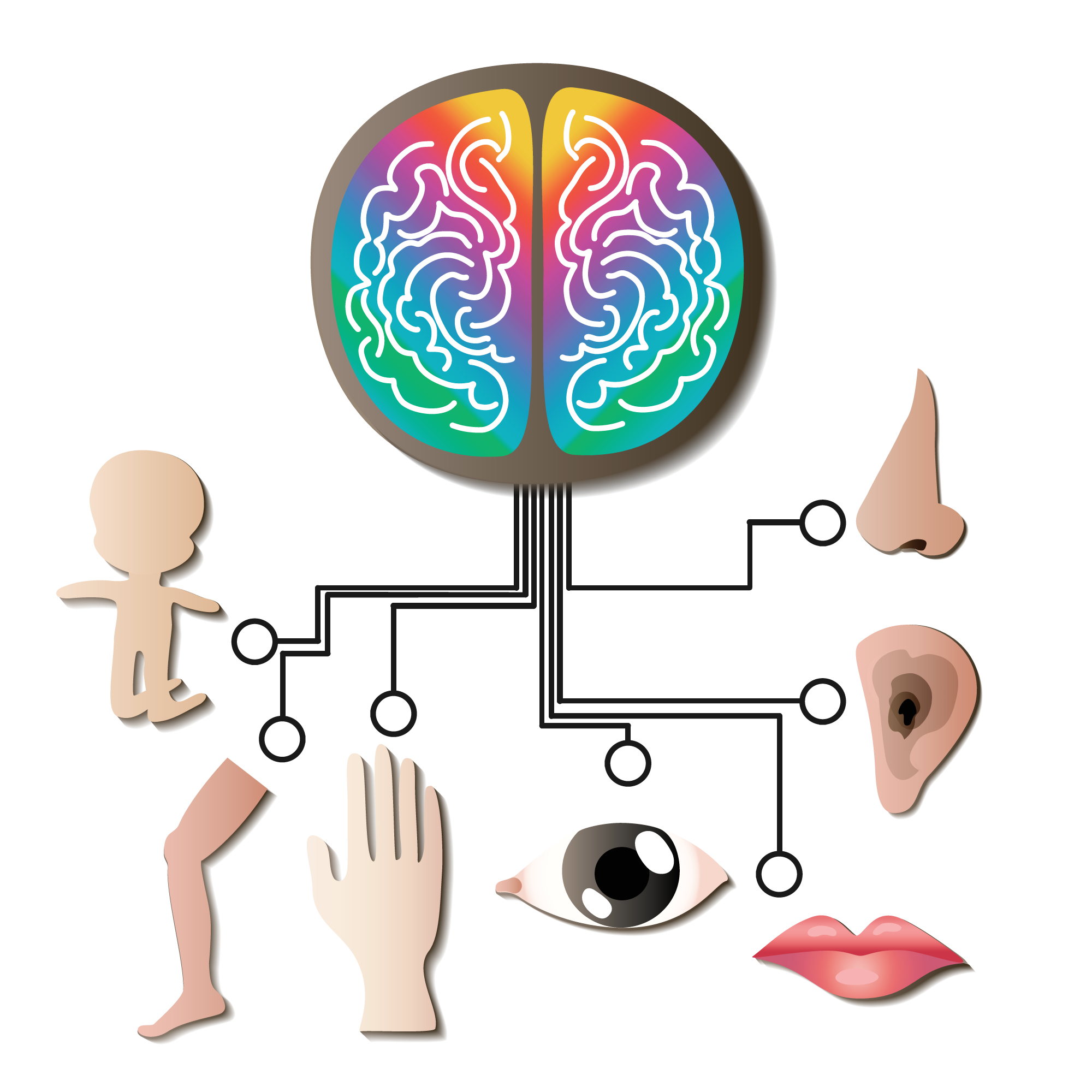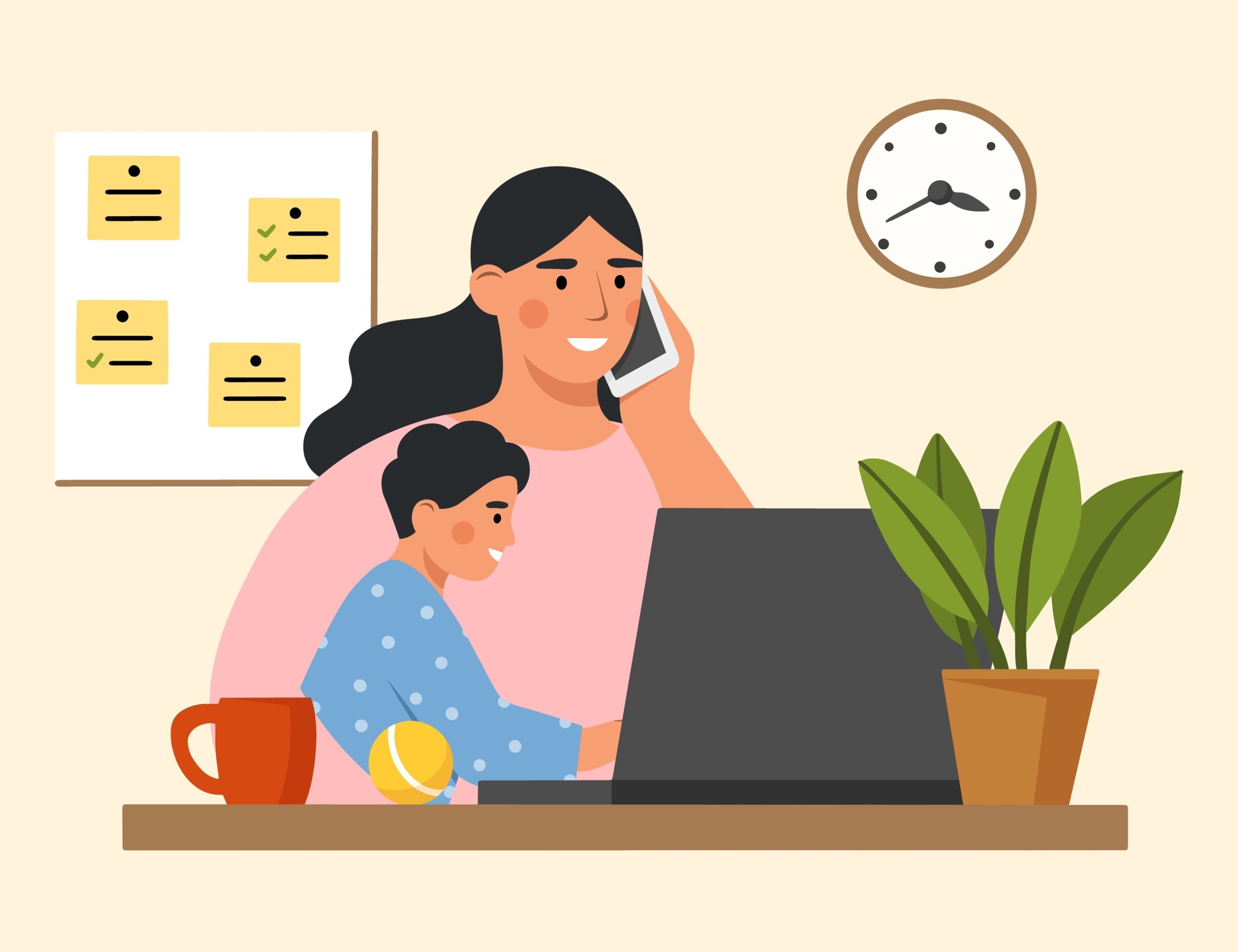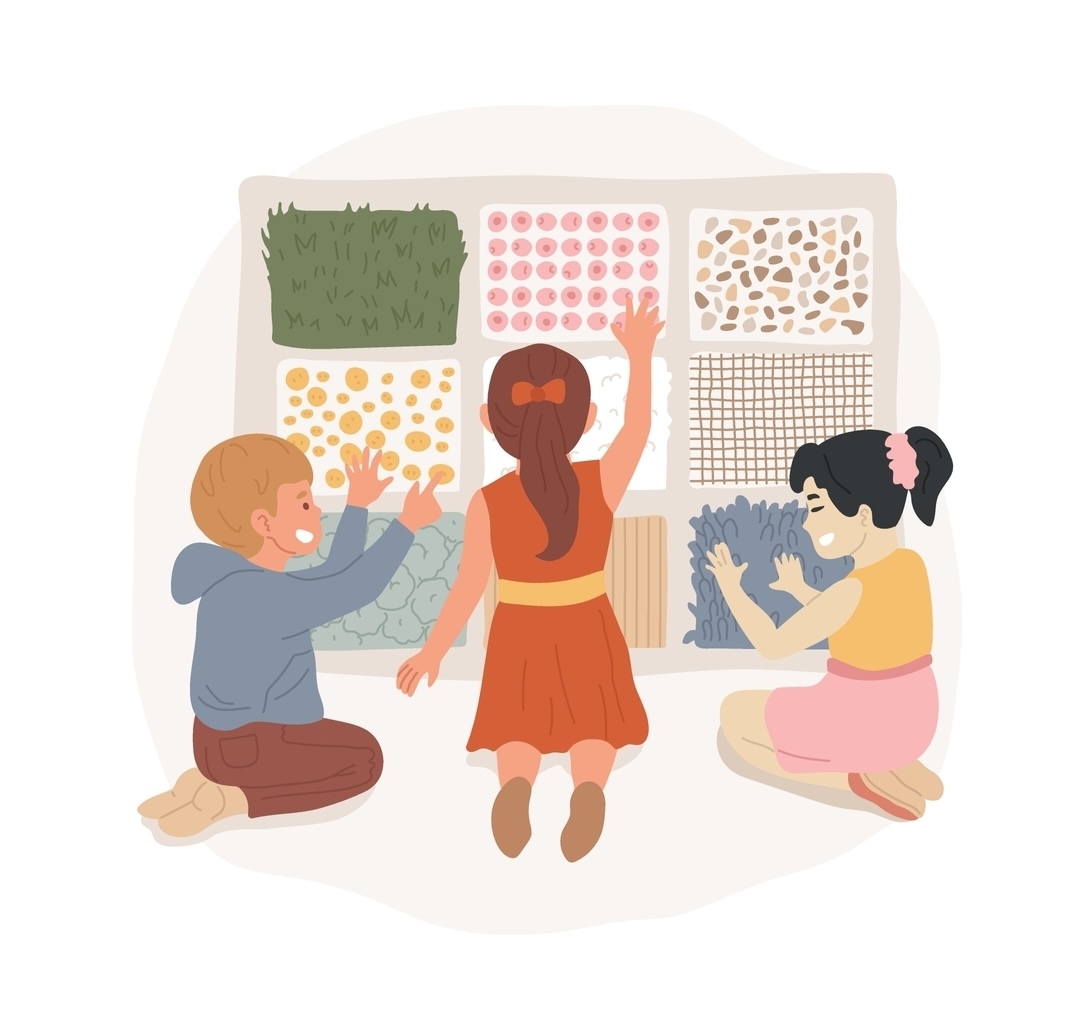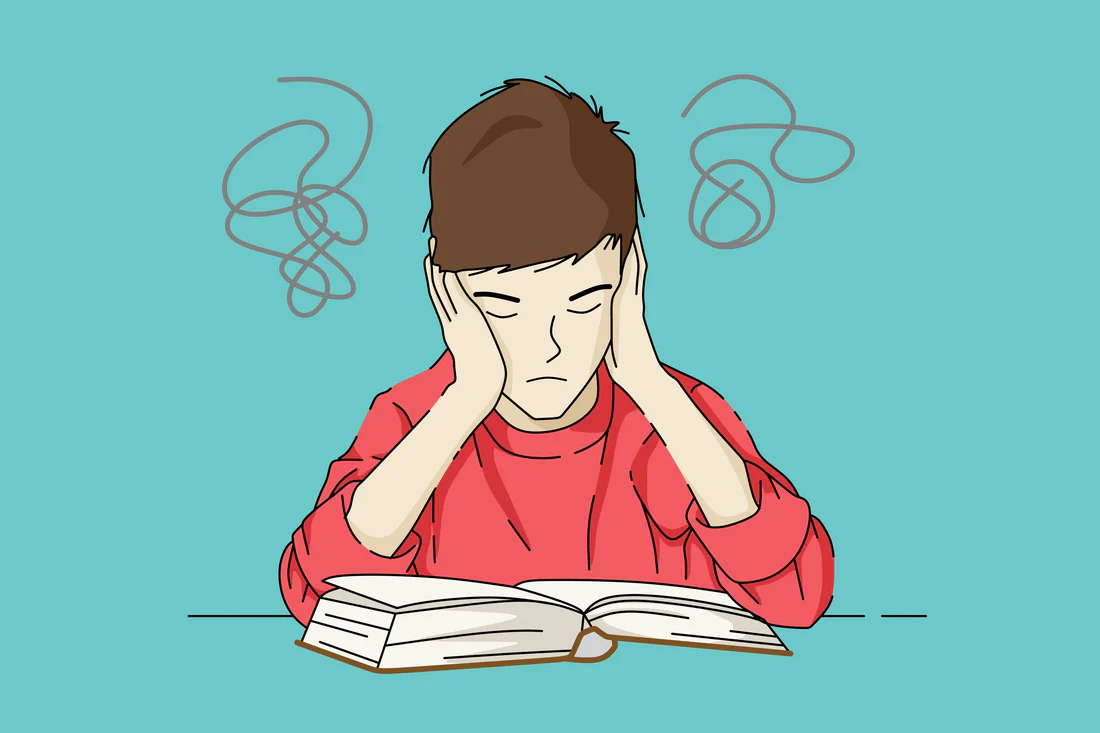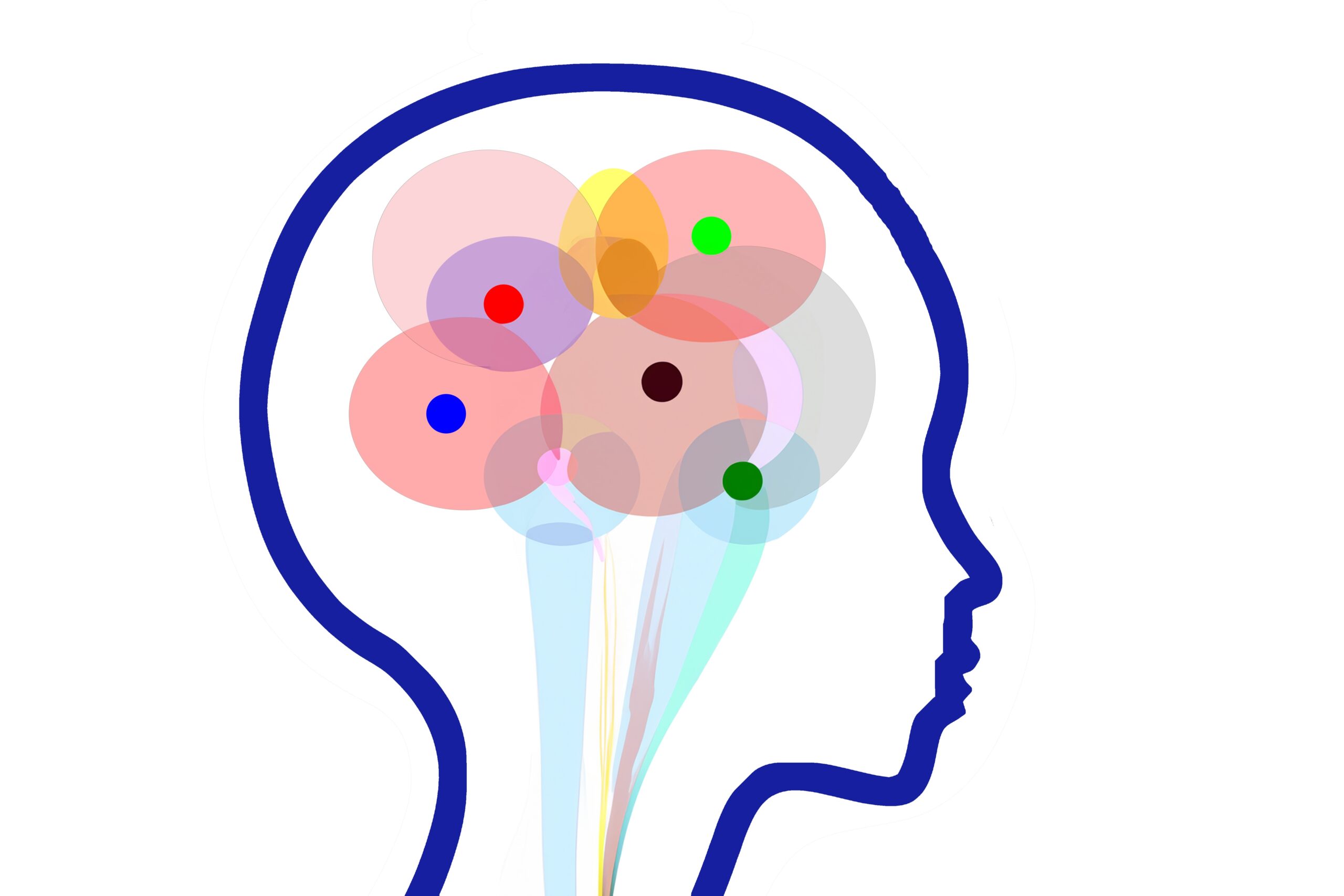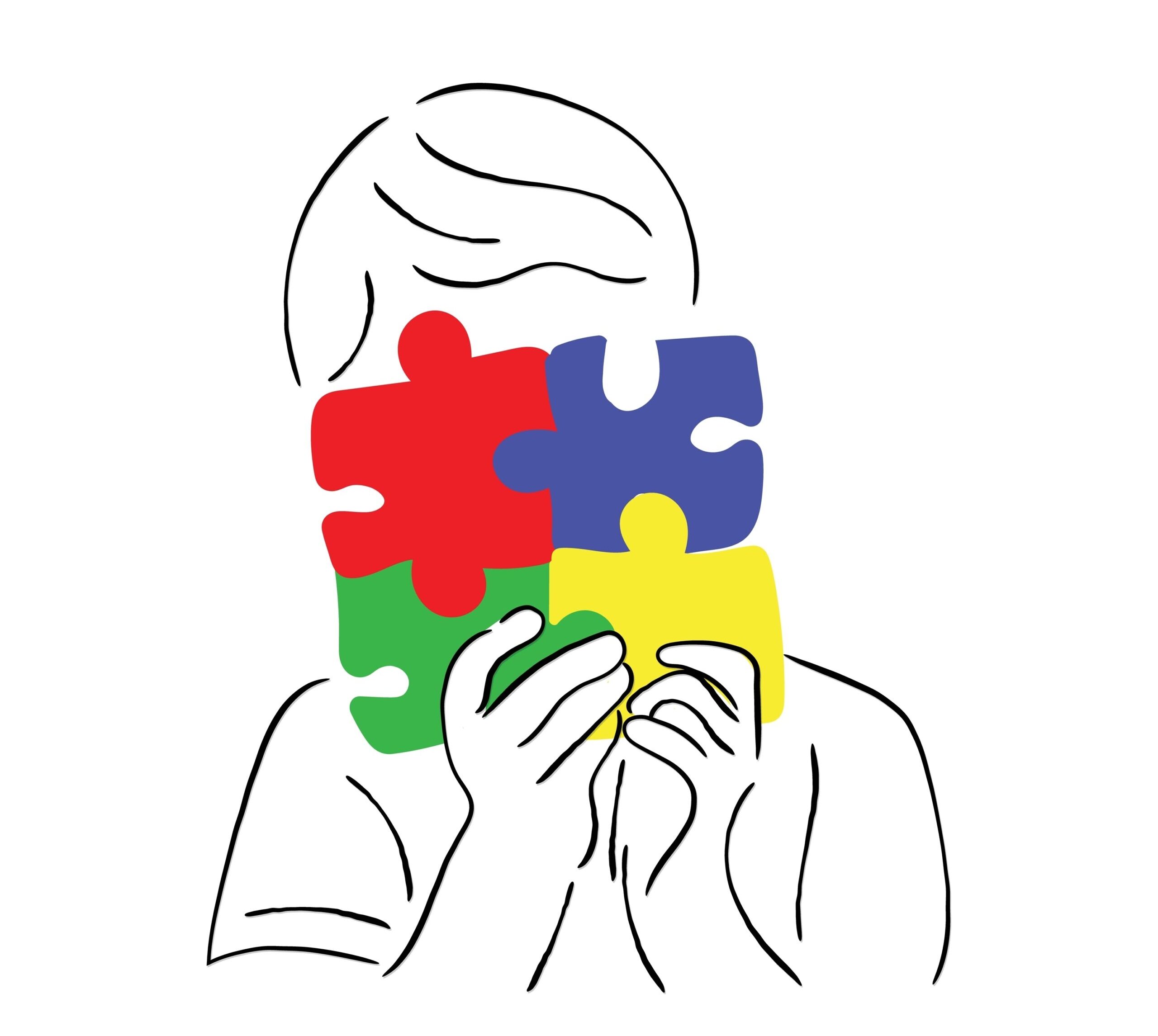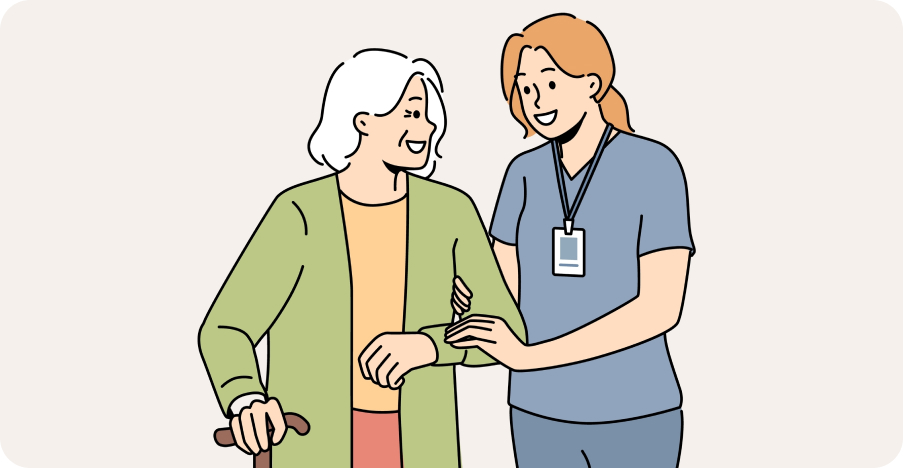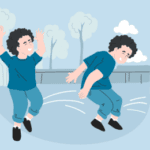
Sensory Processing Disorder
- Signs and Symptoms of Sensory Processing Disorder in Children
- Sensory Processing Disorder in Teens: Signs, Symptoms, Diagnosis & Treatment
- Sensory Processing Disorder (SPD) in Adults: Signs, Diagnosis, Treatment & Coping Strategies
- Types of Sensory Processing Disorder (SPD): Symptoms, Characteristics & Treatment
- Sensory Processing Disorder Treatment Options & Best Therapies for SPD in Children and Adults
- Living with Sensory Processing Disorder: Daily Tips, Support Strategies, and Family Guidance
- Vestibular and Proprioceptive Processing in Sensory Processing Disorder (SPD)
- Causes and Risk Factors of Sensory Processing Disorder (SPD): What Science Knows
- How Is Sensory Processing Disorder Diagnosed? Tests, Signs, and Evaluation Tools
- Stimming Behaviors in Sensory Processing Disorder: What They Are and Why They Matter
- Sensory Processing Disorder and Learning: How Sensory Challenges Affect Education
- Sensory Diet Strategies for Kids: Effective Tools for Sensory Regulation
- Sensory Integration Disorder and Sensory Integration Therapy
- Sensory Discrimination Disorder
- Sensory Modulation Disorder: Symptoms, Subtypes, and Treatment Strategies
- Sensory Over-Responsivity (SOR): Signs, Causes, and How to Help Kids and Adults Cope
- Sensory Under-Responsivity: Signs, Causes, and Support for Children and Adults
- Sensory-Based Motor Disorder: Signs, Symptoms, and Effective Treatments for Children and Adults
- Visual Processing Disorder: Signs, Symptoms & How to Support Visual Learning Challenges
- Auditory Processing Disorder (APD): Symptoms, Diagnosis & Treatment for Children and Adults
- Sensory Seeking/Craving: Understanding, Identifying, and Supporting Sensory Seekers
- Dyspraxia (Developmental Coordination Disorder): Understanding SBMD and Its Impact
- Postural Disorder: Causes, Symptoms & Treatment | Sensory-Based Motor Disorder Guide
Living with Sensory Processing Disorder: Daily Tips, Support Strategies, and Family Guidance

Authored by: The DrSensory Editorial Team
Reviewed by: 🛡️ DrSensory Clinical Review Board
Last updated: June 2025
- Coping with SPD Meltdowns and Overload
- How to Support a Child or Teen with SPD at School
- Supporting Mental Health in Individuals with SPD
- Building Daily Routines that Support Sensory Regulation
- Best Sensory Tools and Products to Use at Home
- Where to Find Support Groups and Resources for Families
- Can Someone Live a Normal Life with Sensory Processing Disorder (SPD)?
- Is Sensory Processing Disorder Considered a Disability?
- How Can Siblings and Family Members Better Understand Sensory Processing Disorder?
- What Should I Do If I Suspect My Child Has Sensory Processing Disorder?
What Does It Mean to Live with Sensory Processing Disorder?
Living with SPD means navigating everyday life while coping with sensory challenges that may include hypersensitivity or hyposensitivity to touch, sound, light, taste, and movement. These sensory responses can impact daily routines, learning, emotional regulation, and social interactions. Whether a child screams at the sound of a vacuum or an adult avoids crowded environments, SPD affects the whole family. With the right understanding, support, and tools, individuals with SPD can thrive at home, school, and work.
Sensory Over-Responsivity (SOR): Signs, Causes, and How to Help Kids and Adults Cope
Sensory Under-Responsivity: Signs, Causes, and Support for Children and Adults
Creating a Sensory-Friendly Home Environment
A supportive environment is key to managing SPD at home. Families can create sensory-safe spaces that reduce triggers and offer calming input.
Tips include:
- Use soft lighting instead of harsh fluorescent lights
- Minimize background noise with rugs and curtains
- Set up a quiet “sensory retreat” space
- Offer fidget tools, noise-canceling headphones, or weighted blankets
- Use visual schedules for predictability
These small changes make a big impact in lowering sensory stress.
Sensory Diet Strategies for Kids: Effective Tools for Sensory Regulation
Sensory Seeking/Craving: Understanding, Identifying, and Supporting Sensory Seekers
Sensory Processing Disorder Treatment Options & Best Therapies for SPD in Children and Adults
Coping with SPD Meltdowns and Overload
Meltdowns in individuals with SPD are not behavioral tantrums—they are neurological responses to overwhelming sensory input. Common triggers include bright lights, loud sounds, or unexpected touch.
How to respond:
- Stay calm and lower sensory input (lights, noise, people)
- Offer deep pressure or sensory tools if calming
- Avoid verbal overload—use visual cues if possible
- Allow time and space for regulation
- Debrief after the event in a supportive way
Sensory Integration Disorder and Sensory Integration Therapy
How to Support a Child or Teen with SPD at School
Working with educators is essential to support learning. Request an IEP or 504
Plan with sensory accommodations like:
- Movement breaks
- Access to sensory tools
- Preferential seating
- Noise-reducing headphones
- Visual schedules
Collaborate with teachers and occupational therapists to create consistency between home and school.
Understanding the Connection Between Sensory Processing and Behavior in Children
Sensory Processing Disorder and Learning: How Sensory Challenges Affect Education
Supporting Mental Health in Individuals with SPD
SPD often coexists with anxiety, depression, or social withdrawal—especially in teens and adults. Emotional regulation becomes difficult when someone is overwhelmed by their environment.
Support strategies:
- Build calming sensory routines into daily life
- Encourage expression through art, journaling, or movement
- Seek therapists familiar with SPD and co-occurring conditions
- Normalize sensory needs in family conversations
Sensory Diet Strategies for Kids: Effective Tools for Sensory Regulation
Building Daily Routines that Support Sensory Regulation
Predictability helps reduce sensory overwhelm. Daily routines built with sensory needs in mind provide structure and stability.
Examples:
- Morning routines that include calming music or movement
- Meal routines that accommodate texture sensitivity
- Bedtime rituals like deep pressure massages or weighted blankets
A routine built around regulation can improve sleep, mood, and behavior.
The Importance of Routine in Managing Sensory Processing Issues
Best Sensory Tools and Products to Use at Home
Parents often ask what sensory tools actually work. Here are some well-researched and parent-approved options:
- Weighted blankets and vests
- Chewelry and fidget toys
- Body socks and balance boards
- Sensory swings
- Visual timers and routine charts
These tools help individuals with SPD self-regulate throughout the day.
Active Sensory Tools: Enhancing Play for Children With Sensory Disorders
Sensory Seeking/Craving: Understanding, Identifying, and Supporting Sensory Seekers
Where to Find Support Groups and Resources for Families
Support is essential for caregivers. There are many in-person and online communities offering shared experience, resources, and emotional validation.
Top resources include:
- Facebook groups for SPD parents and adults
- OT-recommended SPD forums
- Local parent support networks
- SPD Foundation and STAR Institute resources
- Podcasts and webinars on SPD management
Living with Sensory Processing Disorder: Daily Tips, Support Strategies, and Family Guidance
Can Someone Live a Normal Life with Sensory Processing Disorder (SPD)?
Yes, many individuals with SPD can live fulfilling, independent lives—especially with the right support and intervention. Sensory Processing Disorder affects how the brain interprets sensory input (such as sound, touch, or movement), which can cause discomfort or confusion in everyday environments. While SPD can create challenges in school, work, or social settings, people with SPD often thrive when they have consistent routines, sensory-friendly environments, and access to occupational therapy or sensory integration strategies.
Early intervention, personalized therapy, and family education can dramatically improve outcomes. With the use of sensory tools, coping strategies, and supportive accommodations, children and adults with SPD can successfully navigate daily life, pursue careers, maintain relationships, and enjoy hobbies like anyone else.
Sensory Integration Disorder and Sensory Integration Therapy
Sensory Diet Strategies for Kids: Effective Tools for Sensory Regulation
Is Sensory Processing Disorder Considered a Disability?
Sensory Processing Disorder is not officially recognized as a standalone diagnosis in the DSM-5, which means it’s not categorized as a formal disability in most medical or educational systems. However, SPD is often considered a functional impairment, and many individuals can qualify for support services under broader categories like “Other Health Impairment (OHI)” within the U.S. school system.
SPD also frequently co-occurs with other neurodevelopmental conditions, such as Autism Spectrum Disorder (ASD) or ADHD, which are recognized disabilities under the Individuals with Disabilities Education Act (IDEA) or Section 504 of the Rehabilitation Act. If sensory challenges significantly affect a person’s ability to learn or function daily, families can often secure therapy, educational accommodations, or insurance-covered treatment—even without an official SPD diagnosis.
How Can Siblings and Family Members Better Understand Sensory Processing Disorder?
Helping siblings and other family members understand SPD is key to building an empathetic and supportive home environment. SPD can be confusing—especially when behaviors seem “overreactive” or unusual. Education is crucial: explain that SPD is a neurological condition, not a behavioral issue or personality quirk.
Tips to help families understand SPD:
- Use child-friendly books or videos to teach siblings about sensory differences
- Involve siblings in sensory-friendly activities or therapy play so they can learn firsthand
- Encourage open conversations about what helps or triggers the family member with SPD
- Reinforce the message that everyone has different needs—and kindness and patience matter
Empowering siblings fosters compassion, teamwork, and reduces resentment or confusion. A united family approach makes daily life easier for everyone.
Sensory Processing Disorder Treatment Options & Best Therapies for SPD in Children and Adults
What are some coping strategies for family and friends of those with SPD?
What Should I Do If I Suspect My Child Has Sensory Processing Disorder?
If you notice your child reacting intensely to textures, sounds, lights, or movement—or avoiding certain types of input altogether—they may be experiencing signs of Sensory Processing Disorder. The first step is to consult with a pediatric occupational therapist (OT) who specializes in sensory integration.
An OT will likely use standardized assessment tools such as the Sensory Profile or the Sensory Processing Measure (SPM) to evaluate how your child processes sensory input across different environments (home, school, community). They may observe behaviors like poor coordination, aversion to grooming, constant movement, or frequent meltdowns in response to sensory stimuli.
Early diagnosis allows for tailored therapy plans, such as sensory integration therapy or a customized sensory diet, which can help your child learn how to regulate their sensory system. The earlier the support begins, the better the long-term outcomes.
Types of Sensory Processing Disorder (SPD): Symptoms, Characteristics & Treatment
This page provides general educational content and is not a substitute for professional medical advice. Always consult a licensed provider for diagnosis and treatment.
View privacy policy, copyright and trust info
More on SPD

- Signs and Symptoms of Sensory Processing Disorder in Children
- Sensory Processing Disorder in Teens: Signs, Symptoms, Diagnosis & Treatment
- Sensory Processing Disorder (SPD) in Adults: Signs, Diagnosis, Treatment & Coping Strategies
- Types of Sensory Processing Disorder (SPD): Symptoms, Characteristics & Treatment
- Sensory Processing Disorder Treatment Options & Best Therapies for SPD in Children and Adults
- Living with Sensory Processing Disorder: Daily Tips, Support Strategies, and Family Guidance
- Vestibular and Proprioceptive Processing in Sensory Processing Disorder (SPD)
- Causes and Risk Factors of Sensory Processing Disorder (SPD): What Science Knows
- How Is Sensory Processing Disorder Diagnosed? Tests, Signs, and Evaluation Tools
- Stimming Behaviors in Sensory Processing Disorder: What They Are and Why They Matter
- Sensory Processing Disorder and Learning: How Sensory Challenges Affect Education
- Sensory Diet Strategies for Kids: Effective Tools for Sensory Regulation
- Sensory Integration Disorder and Sensory Integration Therapy
- Sensory Discrimination Disorder
- Sensory Modulation Disorder: Symptoms, Subtypes, and Treatment Strategies
- Sensory Over-Responsivity (SOR): Signs, Causes, and How to Help Kids and Adults Cope
- Sensory Under-Responsivity: Signs, Causes, and Support for Children and Adults
- Sensory-Based Motor Disorder: Signs, Symptoms, and Effective Treatments for Children and Adults
- Visual Processing Disorder: Signs, Symptoms & How to Support Visual Learning Challenges
- Auditory Processing Disorder (APD): Symptoms, Diagnosis & Treatment for Children and Adults
- Sensory Seeking/Craving: Understanding, Identifying, and Supporting Sensory Seekers
- Dyspraxia (Developmental Coordination Disorder): Understanding SBMD and Its Impact
- Postural Disorder: Causes, Symptoms & Treatment | Sensory-Based Motor Disorder Guide
Find a Therapist near you
Are you looking for a physical, occupational, or speech therapist in your area?
Look no further than the DrSensory Therapist Database and Clinic Directory!
Find a Therapist
Find the physical therapist, occupational therapist, or speech language pathologist you’re looking for!
Ask Us Anything
Whether you are looking for advice, have a general question about sensory processing, or looking for resources.
Submit Your Story
Share your story about your child. Let’s celebrate milestones and learn more about challenges.







































